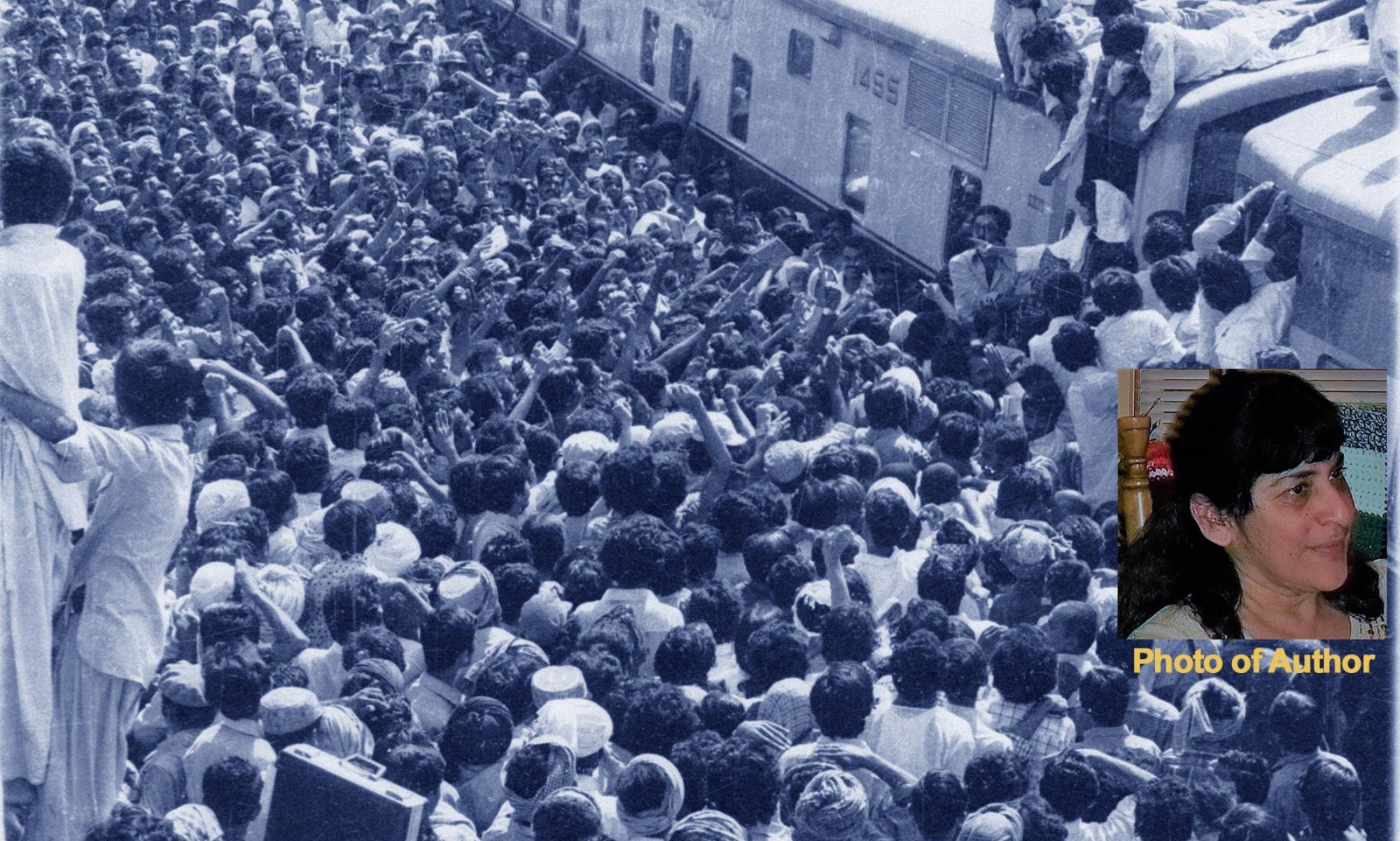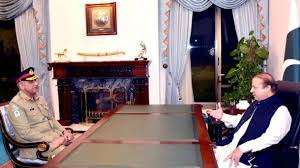Pakistan seems on track in 2017 for another year of just getting by. The country seems likely as in the recent past to avoid fully confronting its most challenging problems yet managing to do enough to avoid their becoming seriously worse.
Measures to curb domestic violence undertaken by Pakistan’s military and civilian government can be expected to fall short of making the hard choices needed to eliminate ensconced extremist groups.
The military’s campaign in the FATA and paramilitary actions in Karachi and elsewhere in conjunction with the country’s National Action Plan (NAP) are given credit for lowering the number of terrorist attacks nationwide. Even so, the intelligence coordination envisioned by NAP has not been achieved and the high incidence of deadly high-profile attacks in 2016 may well continue in 2017.
Also lacking is the political will among Pakistan’s leaders to target those violent jihadi groups like Lashkar-e Taiba and Jaish-e-Mohammad, which along with the Afghan Taliban continue to be treated as strategic assets in Pakistan’s security calculus involving Kashmir and Afghanistan.
Indications are that Pakistan’s policymakers will do little in 2017 to address the structural weaknesses in a sluggish economy. Declining direct private investment and weakening balance of payments are unlikely to be reversed this year, and the country’s heavy debt burden will continue to grow.
But Pakistan is not expected to face economic crisis or pay a price politically for inaction. Low oil and gas prices and strengthened currency reserves have taken pressure off the government to confront such difficult issues as tax reform and inequality.
Public discontent, so visible in recent years over shortages in electricity, has been lessened by the country’s increasing megawatt capacity. Above all, the popular euphoria over the agreement with China that promises more than $50 billion to construct an economic corridor uplifting the country’s transit and energy infrastructure has created the popular impression that Pakistan will be eventually relieved of all its economic ills.
Politically, most predictions foresee a year of greater political stability. Prime Minister Nawaz Sharif’s overseas financial holding, as revealed by the Panama Papers, will continue to plague him for some months as will efforts of opposition parties to weaken and delegitimize his leadership. Yet Sharif will probably continue to outmaneuver his political enemies and be buttressed by popular approval of his government’s development projects.
Imran Khan’s movement shows signs of running out of steam, and its longtime rival, the People’s Party, has not regained its footing as a national party.
Sharif’s Muslim League stands a good chance of being returned to power in the event early national elections are called in 2017.
A modus vivendi seems to be largely in place between Pakistan’s civilian leaders and its military. Despite the generals’ disdain for Sharif and much of the political class, the military appears content with a status quo in which its domain of foreign and defense policy remains secure and it can avoid the responsibilities that come with assuming the powers of government.
In this often delicately balanced relationship, the Sharif government has acquired a newfound confidence. Its successful management of a new army chief’s selection in November has probably gained the Sharif regime a better hearing from the military and greater assurance that the ruling party will be allowed to serve out its term in office.
The government’s hand has also been strengthened as it has assumed the lead role in negotiating the direction of Chinese economic investment in Pakistan.
The year 2017 will not mark progress in expanding human and civil rights or legislation curbing corruption. More problematic still is the future of a blasphemy law.
However, closure should finally be achieved in long-overdue integration politically and administratively of Pakistan’s tribal areas with the rest of the country. In all probability, the seven tribal agencies of FATA will be consolidated within Khyber Pakhtunkhwa Province. Less certain is whether the Pakistani Taliban, which found refuge from the army’s Zarb-e Azb campaign across the border in Afghanistan, will begin to seep back into North Waziristan.
For the time being at least, barbed rhetorical exchanges and periodic border clashes are likely to mark relations between Pakistan and India. Although both nuclear-capable powers seek to avoid deeper conflict, another major terrorist attack inside India could, however, end the restraint heretofore shown by the Modi government.
Pakistan’s suspicions of Indian activities in Afghanistan may increase further in 2017 should Taliban military gains force the Kabul government to lean heavily on India for meeting its security needs.
The optimism expressed in Pakistan that a new U.S. administration may be more understanding of the country’s policies will probably fade quickly. Under a Trump administration, the long-lasting U.S. alliance with Pakistan can be expected to become more transparently transactional and carry more sticks than carrots.
Marvin Weinbaum is a scholar in residence and director of the Pakistan Studies Center at the Middle East Institute think tank in Washington.

